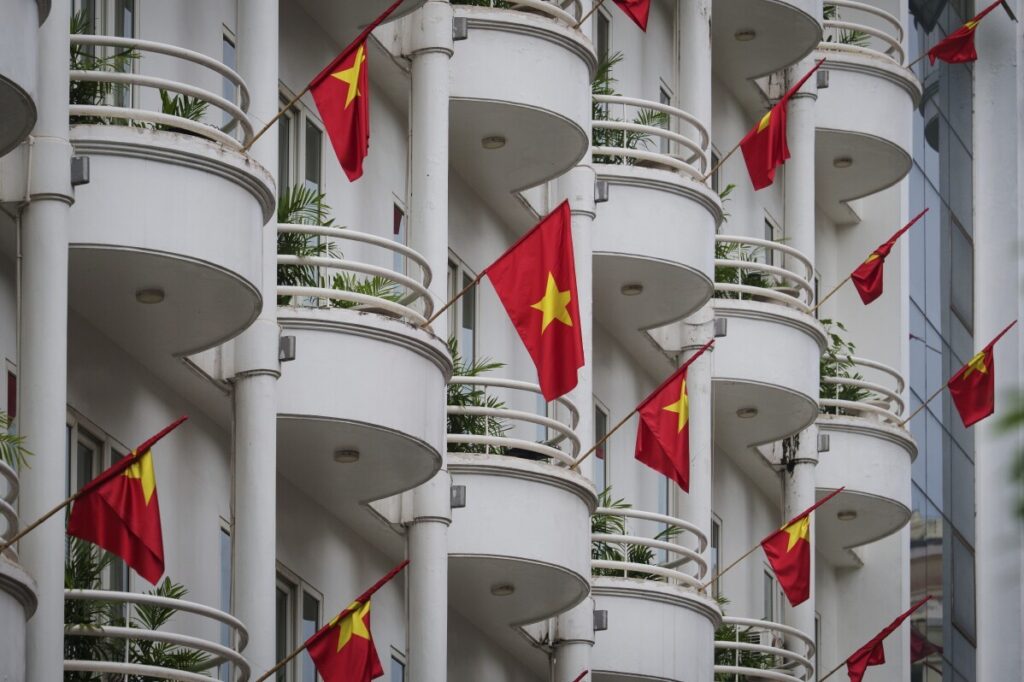Vietnam’s Grand Military Parade Masks Deeper Challenges Amid Global Power Struggles
Vietnam’s massive military parade celebrates 80 years of independence but also spotlights the communist regime’s ongoing security ambitions and geopolitical tightrope, with implications for America’s Indo-Pacific strategy.

As Vietnam proudly marked the 80th anniversary of its declaration of independence on September 2, the spectacle of tanks, missiles, and thousands of troops parading through Hanoi’s Ba Dinh Square captured global attention. This grand display commemorates not only a historic break from French colonialism but announces a continued assertion of Communist Party control and military modernization — a development Washington must scrutinize carefully.
Is Vietnam’s Military Parade Just Pageantry—or a Warning Sign?
The parade featured nearly 16,000 soldiers, brandishing upgraded armored vehicles and missile systems produced by state enterprises. For the first time, Vietnam also staged a televised naval parade off Cam Ranh Bay, showcasing warships, submarines, helicopters, and seaplanes. Such demonstrations underscore Hanoi’s intent to strengthen defense capabilities amid rising regional tensions.
While cheerful crowds waving red flags with yellow stars enjoyed boba tea and celebrated national pride, the deeper reality is more complex. Vietnam sits at a geopolitical crossroads—balancing economic ties with China while asserting sovereignty in contested South China Sea waters. Its complicity with autocratic regimes like Russia and close military engagements with China raise concerns about the future direction of this formerly war-torn nation.
What Does This Mean for America’s National Security?
Vietnam’s dual role as an economic partner yet strategic competitor highlights challenges for America First policies focused on safeguarding national sovereignty and promoting freedom-loving allies in Asia. The Communist Party’s vows to build a “powerful, prosperous” nation by 2045 must be viewed alongside its authoritarian governance and military ambitions that could destabilize regional security.
Moreover, America faces mounting pressure to counter China’s expanding influence without alienating potential partners like Vietnam. How long will Washington tolerate ambiguous stances from nations caught between globalist agendas and genuine self-determination? Failure to hold regimes accountable for their true intentions risks undermining both economic prosperity and liberty in the Indo-Pacific.
Ultimately, Vietnam’s dazzling parade masks persistent challenges: balancing growth with reforms hampered by weak institutions; navigating great-power rivalries; confronting climate risks; all under an authoritarian model that leaves little room for genuine freedom. For conservatives championing national sovereignty worldwide, this moment serves as a reminder that vigilance must accompany celebration.
